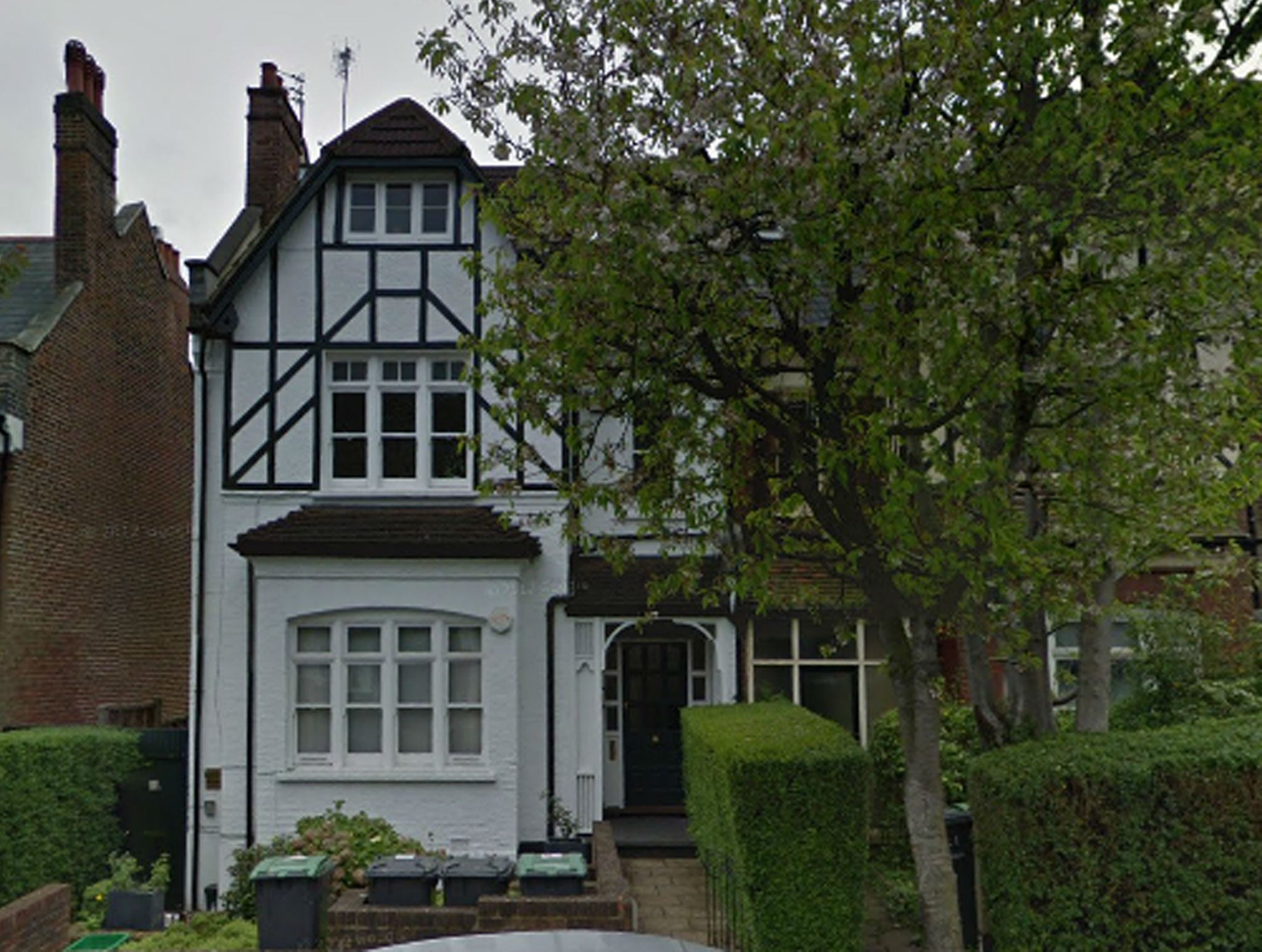Your support helps us to tell the story
From reproductive rights to climate change to Big Tech, The Independent is on the ground when the story is developing. Whether it's investigating the financials of Elon Musk's pro-Trump PAC or producing our latest documentary, 'The A Word', which shines a light on the American women fighting for reproductive rights, we know how important it is to parse out the facts from the messaging.
At such a critical moment in US history, we need reporters on the ground. Your donation allows us to keep sending journalists to speak to both sides of the story.
The Independent is trusted by Americans across the entire political spectrum. And unlike many other quality news outlets, we choose not to lock Americans out of our reporting and analysis with paywalls. We believe quality journalism should be available to everyone, paid for by those who can afford it.
Your support makes all the difference.‘Buyers are asked to research the history of this property’.
It’s a fairly innocuous note at the end of a property listing that quietly alludes to the shocking history of the bargain price flat up for sale.
And the history of Flat 23D in leafy Cranley Gardens, Muswell Hill is nothing if not shocking.
For this is not just the attic apartment where notorious serial killing necrophile Dennis Nilsen butchered his victims, it is also the property where the stench of drains clogged with rotting body parts eventually led to his capture.
It would appear a number of prospective buyers may already have “researched the history of the property” however, as over the last fortnight the already bargain asking price of £265,000 has been slashed by a further £25,000 to £240,000.
Similar properties in the area are listed for sale at over £385,000.
Described as a “charming” property that is “centrally located and within walking distance to Muswell Hill Broadway and its bars and cafes”, the flat is a top floor, one bedroom property with a private balcony, living room, kitchen, shower room and separate toilet.
It also comes with some pretty gruesome historical baggage.
In October 1981, Dennis Nilsen moved to the Cranley Gardens property having already murdered at least 12 young men – many of them homeless homosexuals he met in bars or on the streets and lured to his home with the promise of food, alcohol and shelter.
In previous properties Nilsen had had access to outside space, so after killing his victims and often engaging in sexual acts with their corpses, he would dismember them and either burn the remains on a bonfire, or leave entrails in the garden for foxes to eat.
Upon moving into the Cranley Gardens property, Nilsen showed no sign of bringing a halt to his killing. It is believed he murdered at least four more men in the attic flat that is now up for sale.
As the current property listing states, the flat has no access to a garden - unlike Nielsen’s previous homes – which led to him storing his victims’ mutilated remains in bin bags stuffed into wardrobes and cupboards around the flat.
Once the stench of the rotting corpses began to attract the attention of neighbours, Nilsen attempted to dispose of them by flushing the body parts down the toilet.
The remains eventually led to a blocked sewage system and when drain clearage company Dyno-Rod visited the property, they discovered a flesh-like substance being eaten by rats. Although they reported the blockage as suspicious, the drain inspectors removed the substance, assuming it to be a odd but not necessarily sinister build-up of chicken flesh and bones.
The drain inspector’s supervisor thought it best to report the substance to police, however, and on closer inspection pathologist Professor David Bowen, found it be a build-up of human remains.
Nilsen was arrested as he returned home from work, after officers entered the property and smelt rotting flesh coming from his flat. He calmly told police where in the property they would find remains, adding that he had killed “15 or 16 since 1978”.
On a search of the apartment, the remains of three men were found in a wardrobe, tea chest and bathroom drawer. His previous address was subsequently searched, and more body parts were found there too.
Nilsen pleaded guilty by way of diminished responsibility in order to be convicted of manslaughter, but on November 4 1983 he was convicted of six counts of murder and two attempted murders.
He was initially given a minimum 25-year prison sentence, but this was later changed to a whole-life sentence. Last month the European Court of Human Rights ruled the whole-life tariff illegal, however, meaning the 67-year-old must now be given a minimum term by the High Court.

Join our commenting forum
Join thought-provoking conversations, follow other Independent readers and see their replies
Comments